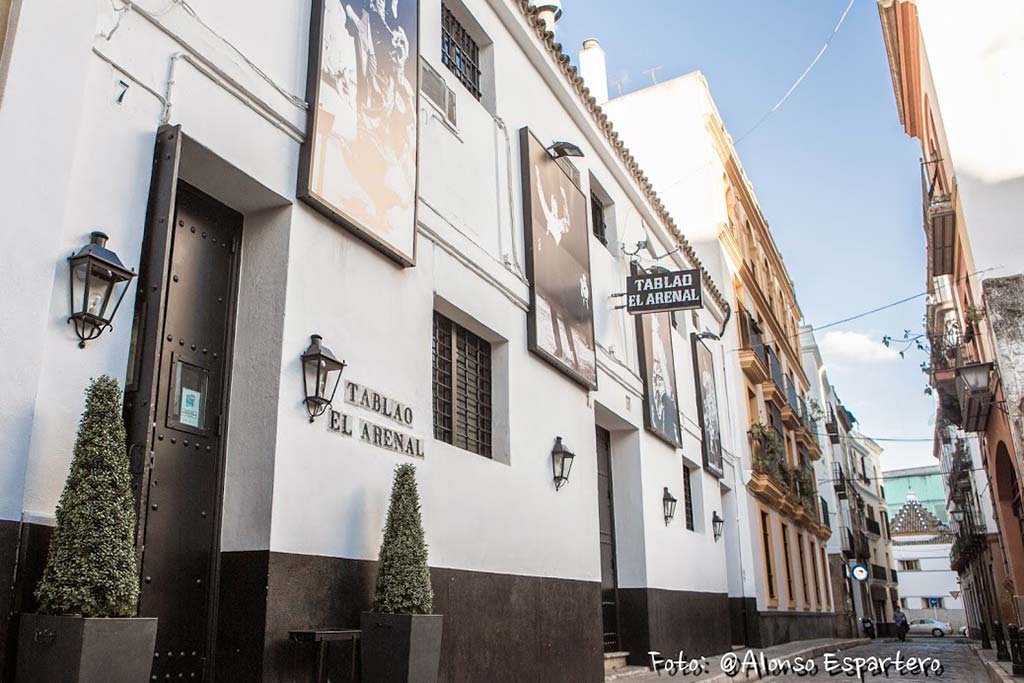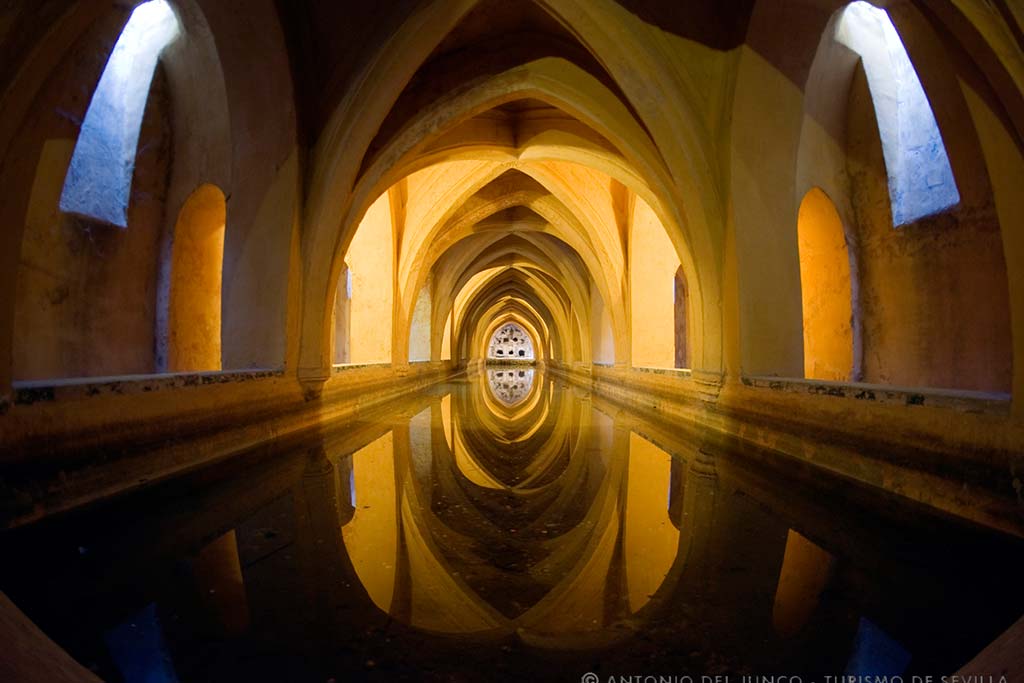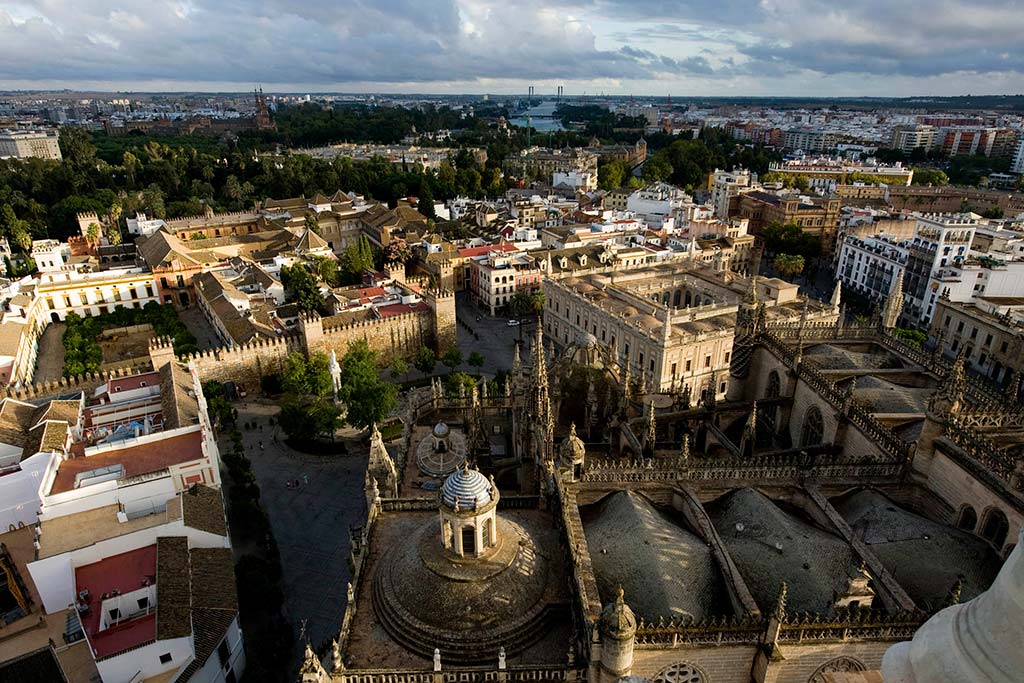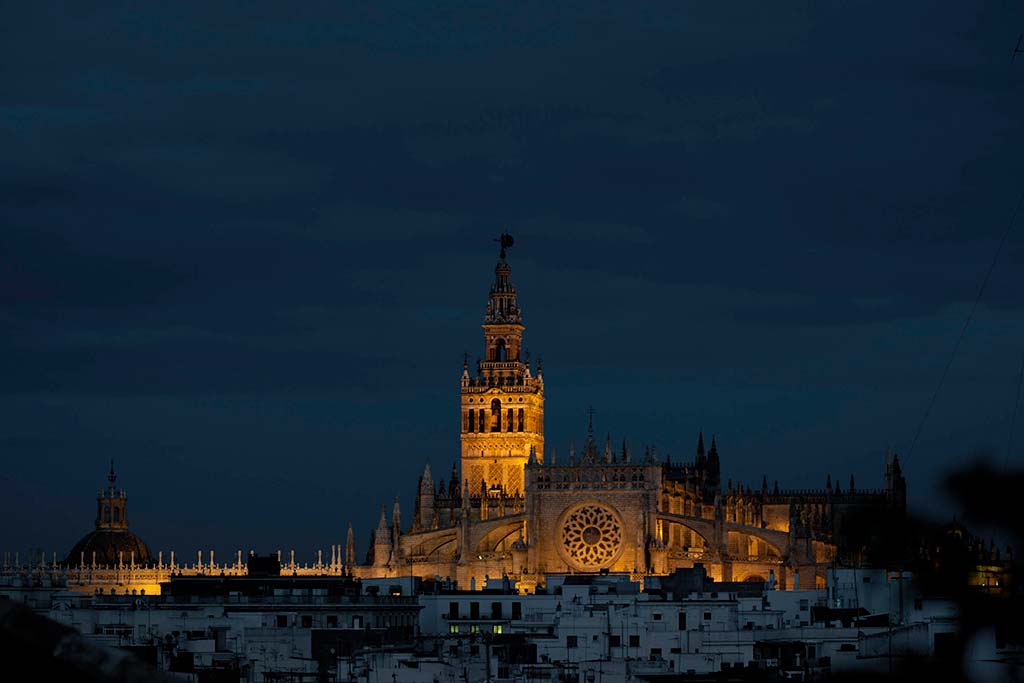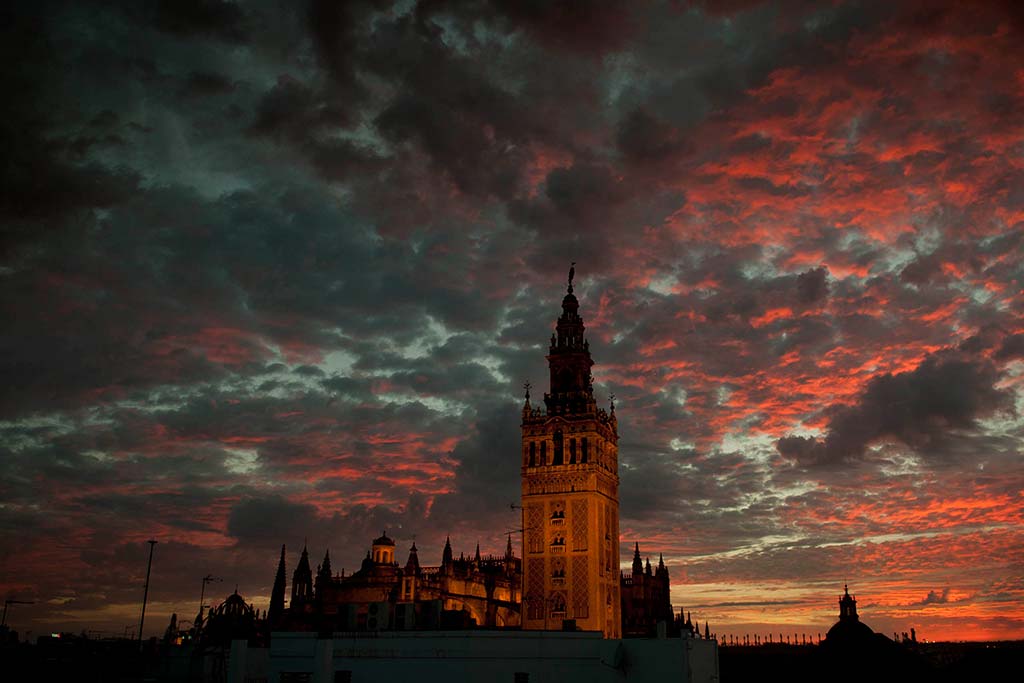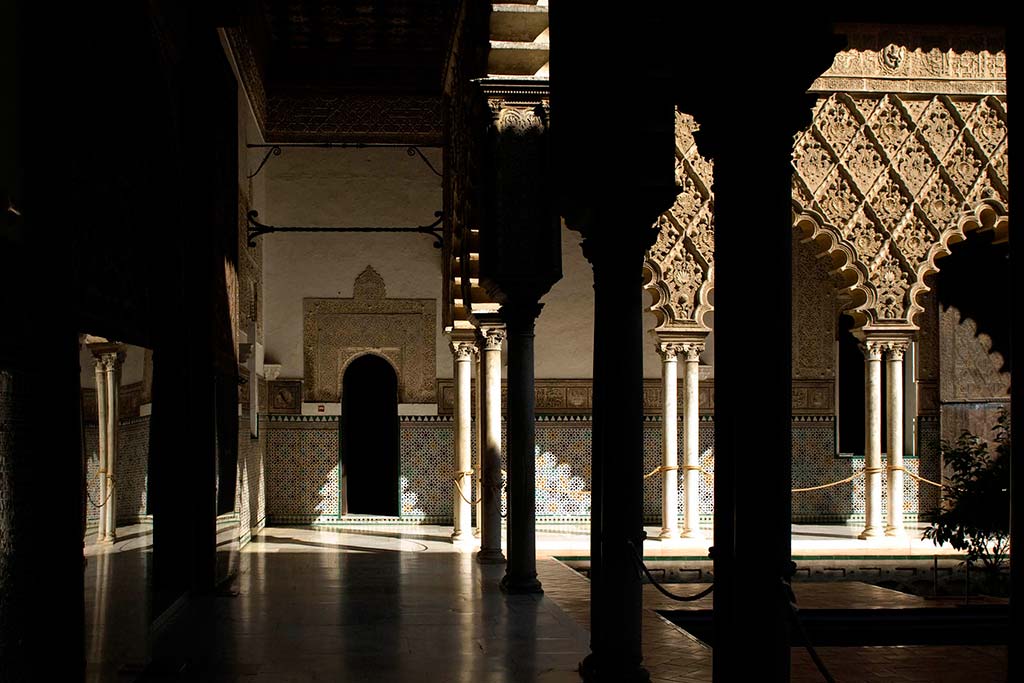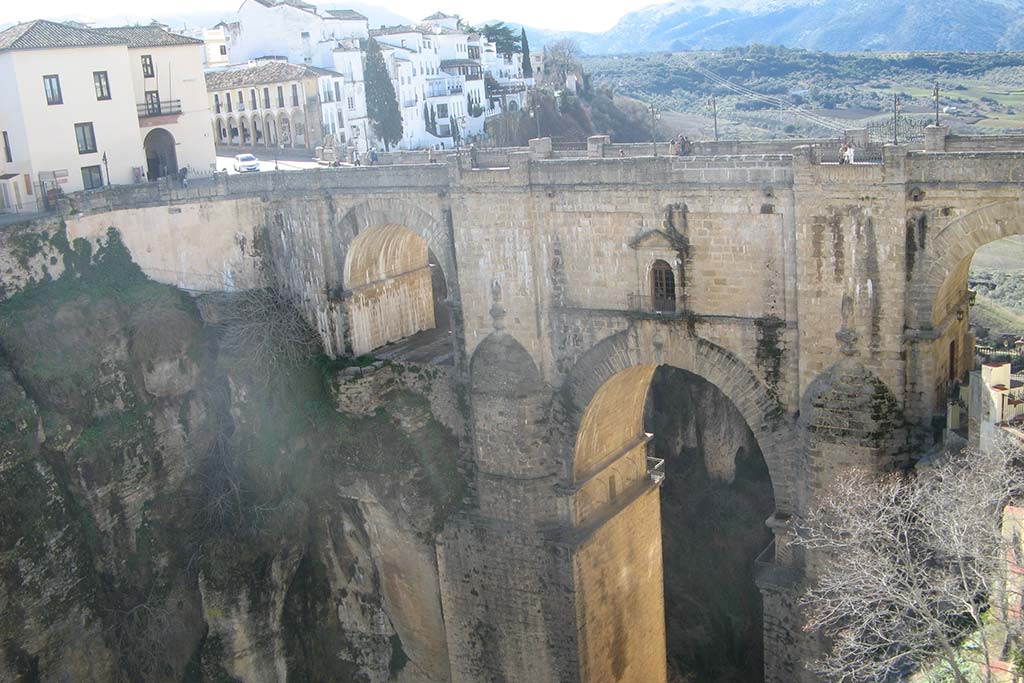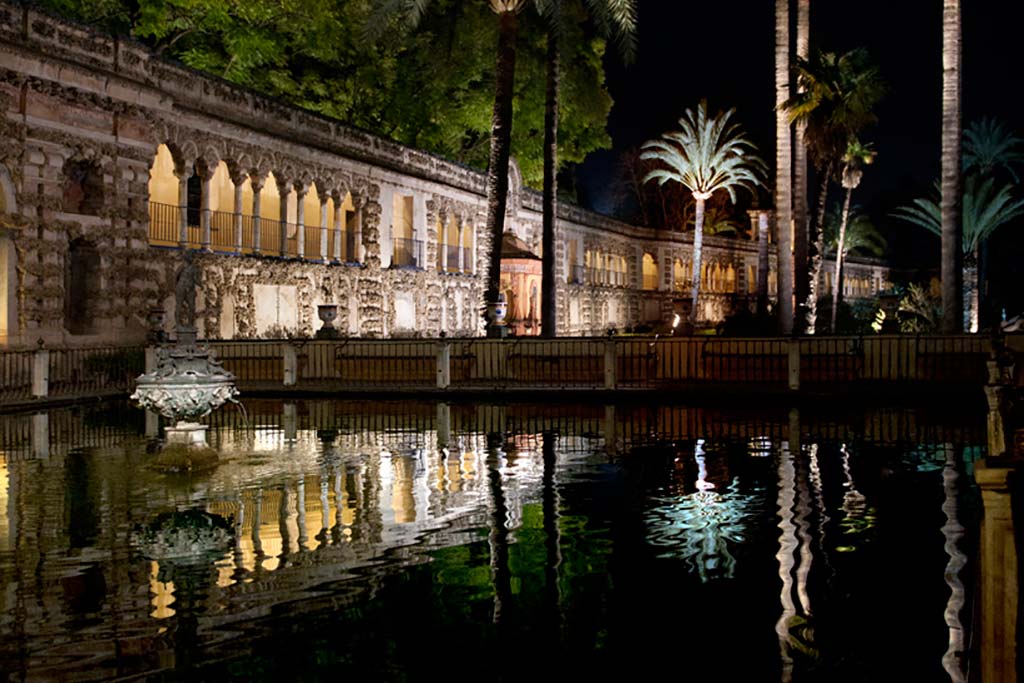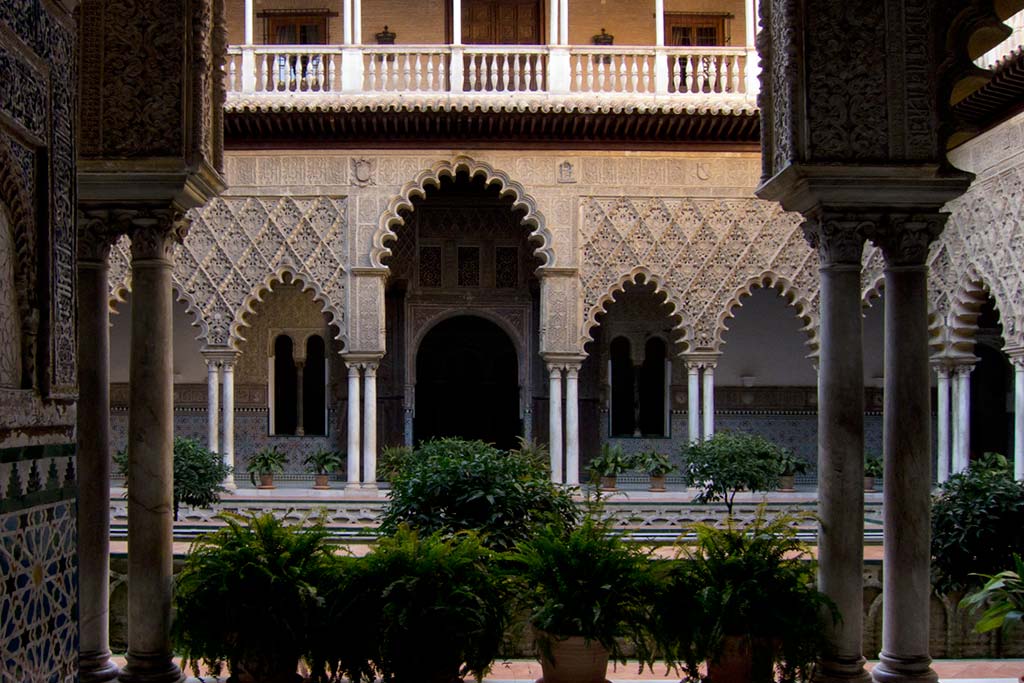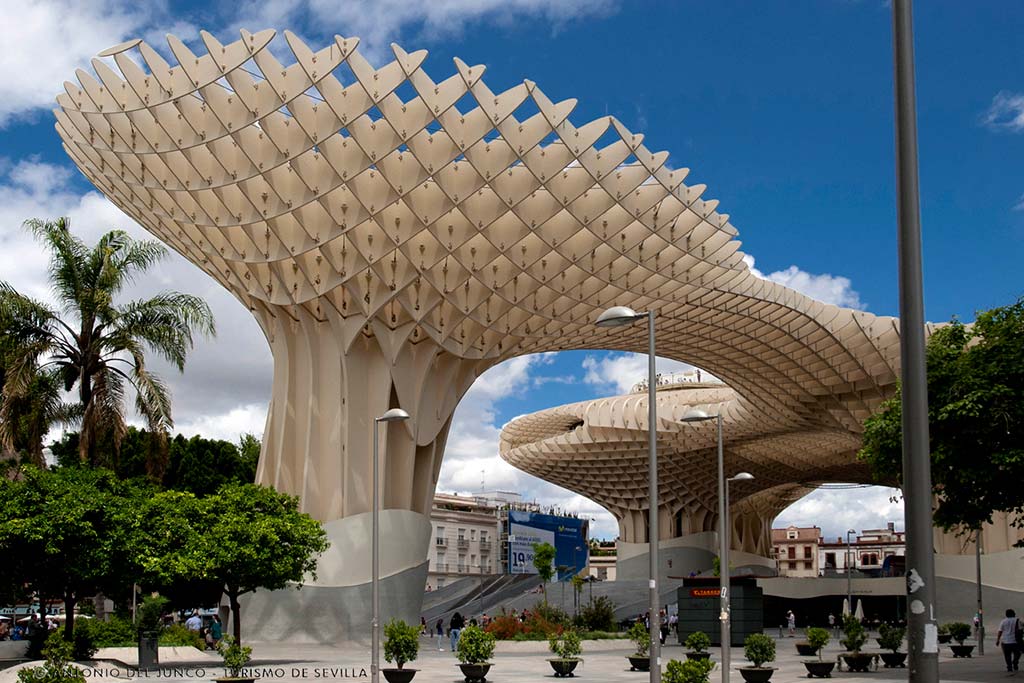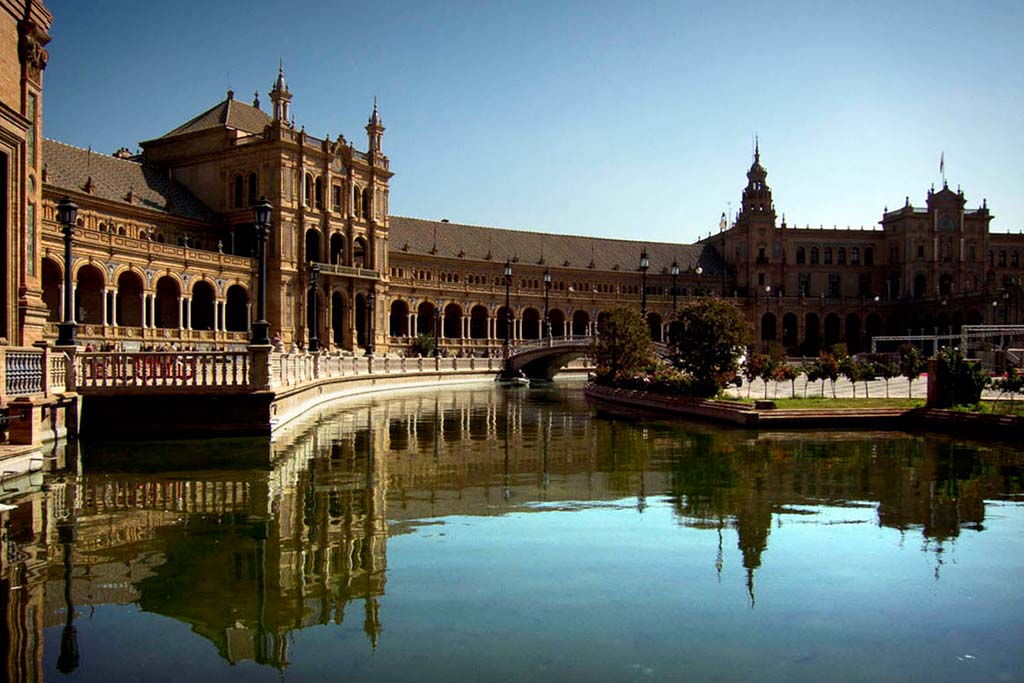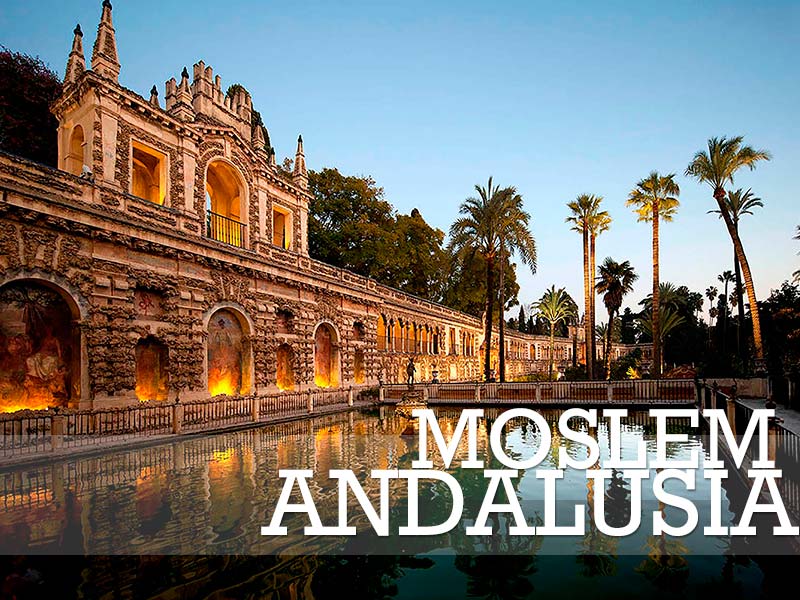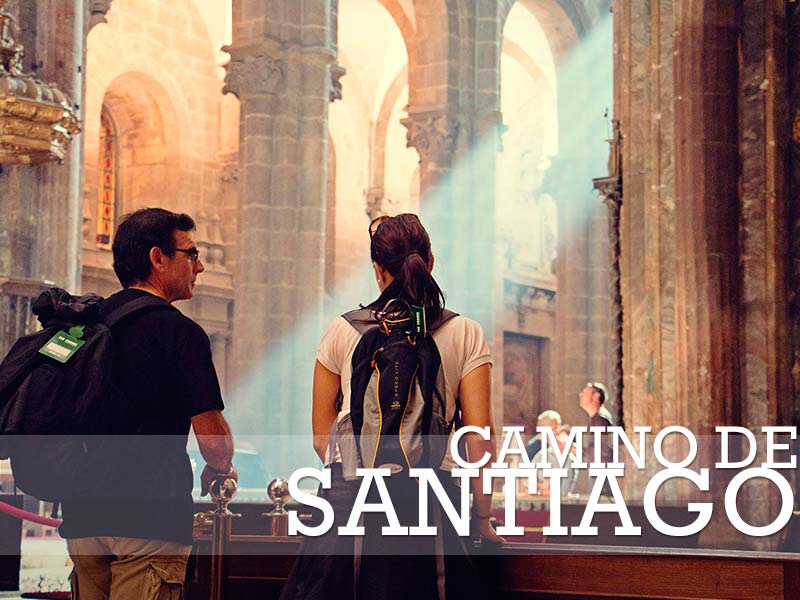
HOME TO MYTHS AND LEGENDS
Andalusia is the autonomous community with the highest number of inhabitants (8,424,102, according to the National Institute of Statistics) and the second-largest in Spain with a surface area of 87,268 km². The variety of its landscape, its warm climate and friendly people have made it one of the most attractive regions for visitors.
Its 3000hs of sun a year, Mediterranean climate and long golden beaches with beautiful natural ports were used as a place of refuge for Phoenician sailors 1000 years BC.
Andalusia has two types of beaches: those that correspond to the Atlantic Ocean on the coasts of Huelva and Cadiz (Costa de la Luz), which are long, made of fine sand and have big waves; and those of the Mediterranean, which run from the Straits of Gibraltar to Almería (Costa del Sol, Costa Tropical and Costa de Almería), with warmer water and shelter from the wind.
Inland, it is crossed by the River Guadalquivir, the father of ancient civilisations, such as the Tartessians and others who left their impressive monuments on its banks. It also has the mountains of Sierra Morena and the Bético Ranges, which contain the highest peaks on the Peninsula: Mulhacén (3478.6 m above sea level) and Veleta (3395.68 m above sea level). They both have landscape views of incredible beauty and make a natural paradise for hikers. The region of La Alpujarra, located in the Sierra Nevada Natural Reserve, is also of great natural beauty that is unique and overwhelming.
The tourist options on offer are very varied and include golden beaches, high mountains with natural wildlife, picturesque white villages, rich folklore and the most modern sports facilities. Skiing in the sun on Sierra Nevada, surfing in Tarifa, following legendary horse-riding routes, paragliding all year round or enjoying the fantastic golf courses are some of the exceptional possibilities available in Andalusia. The region has more than 100 golf courses overall, most of them located on the Costa del Sol, which has over 50 courses.
Its consideration as a site of exceptional universal value has led the UNESCO to designate places such as the Alhambra in Granada, the Old Town of Córdoba, the Cathedral of Seville and the Doñana National Reserve as World Heritage Sites, together with other places in the region.
Andalusia also produces many products under Designations of Origin: ham, wine, oil and fruit, etc. Andalusia has three designations of origin for ham: Jamón de Huelva, Jamón Los Pedroches and Jamón de Trévelez. The region is also one of the areas whose culture is most closely associated with olive oil. There are different styles of Andalusian cuisine, marked by the sea, the mountains and inland.
However, the best-known Andalusian dish, thanks to its nutritional value and the ease with which it is made, is gazpacho.
ANDALUSIA
The best accompaniment for the best traditional cuisine is a good wine to complement the tastes of Andalusia to perfection. The wines made in Andalusia fall under eight Protected Designations of Origin, which, according to the national protection system, include six Designations of Origin and two Quality Wines: Condado de Huelva, Jerez-Xérès-Sherry, Málaga, Manzanilla-Sanlúcar de Barrameda, Montilla-Moriles, Sierras de Málaga, Vino de calidad de Granada and Vino de calidad de Lebrija. The Jerez-Xérès-Sherry Designation of Origin regulates the wines produced in Jerez de la Frontera and the Manzanilla wine of Sanlúcar de Barrameda. This Designation of Origin covers fino wines, amontillado wines, oloroso wines, the sweet wines of Pedro Ximénez and Moscatel and Cream sherries.
Andalusia is also home to myths and legends, where rituals can be seen in their entirety: the ritual of the bullfight and its magical world; the ritual of wine and the cool world of the winery; the astonishing rituals of the horse world, etc. It is the land that produced Flamenco, from where the expedition to the New World set off and where the worlds of literature and opera created myths such as Carmen, Don Juan Tenorio, The Barber of Seville and so many others. With the arrival of spring, Andalusia becomes the Passion of the South. Together with the April Fair, Holy Week is the Andalusian fiesta par excellence.
It is a phenomenon of sociocultural, tourist and economic importance in the region and is deep-rooted among its inhabitants, who take part in it en masse in many different ways.
The Silver Way, as a basic route in Western Spain (owing to its configuration) started to be used as a pilgrim’s route to Santiago de Compostela from Andalusia.
The Caliphate Route is one of the most important from Arabic times in Spain: Córdoba and Granada, the Valley of the River Guadalquivir and the river plains of Granada. The route travels through the Natural Reserve of the Sierras Subbéticas, with its quiet villages, and moves on to other mountainous areas, such as Sierra de Moclín, Sierra Elvira and Sierra de Huétor, on the edge of the river plains of Granada.
Another of Andalusia’s attractions is the Al Andalus Train, which has all the ingredients for becoming one of the most important luxury tourist trains in the world. Its attractive tourist programme covers all the districts and places of particular tourist interest in Andalusia: Seville, Córdoba, Baeza, Úbeda, Granada, Ronda, Cádiz, Jerez, Sanlúcar de Barrameda and the Doñana National Reserve are the main stops made by this palace on wheels.
VISITS OF INTEREST
SEVILLE
As the capital city of Andalusia, it is a favourite among tourists thanks to its exceptional atmosphere and monuments, which include the Giralda, the emblem of the city. It is a giant minaret that is today the bell tower of the city’s huge Gothic cathedral, the Torre de Oro. Other visits include the Quarter of Santa Cruz with its narrow streets.
CÓRDOBA
For many years, this city was the emblematic capital of the Islamic world in Spain. Today, it still has monuments of exceptional importance, such as the Mosque, which is an extraordinary Islamic temple, wonderful narrow streets and the important ruins of Medina Azahara.
MÁLAGA
The main attractions of this city include the Moorish Alcazaba and, of course, its famous Costa del Sol. This coastline is of great tourist importance thanks to its wonderful beaches, tourist facilities and gentle climate. Its most important locations include Estepona, Puerto Banús, Marbella, Fuengirola, Benalmádena, Mijas, Torremolinos and Nerja.
RONDA
The city of dreams stands beautiful as if it were floating on top of the impressive mountain range. It is exceptional not only for its rich history and monuments, but also for its surrounding countryside. The Ronda bullring is a clear example of bullfighting history and culture.
ANTEQUERA
This monumental town is also home to important prehistoric remains and an exceptional natural reserve. The Natural Reserve of Torcal de Antequera has one of the most impressive karstic landscapes in Europe and owes its name to the dolines it contains (in Spanish, ‘torcas’), which are interesting formations in the shape of circular depressions.
ALMERÍA
This is perhaps the Andalusian city that has best conserved its Moorish heritage. Its desert landscapes, which contrast with the extraordinary beaches of the wonderful Costa de Almería, invite visitors to slow down and relax. In particular, those of Adra, Almerimar, Roquetas de Mar, Aguadulce, El Toyo and Vera.
JAÉN
This charming interior town is dominated by a mediaeval fortress and has conserved Moorish baths from the 11th century. It also has an elegant Renaissance-style cathedral. Its province includes the impressive Sierra de Cazorla. This natural reserve is home to the source of the River Guadalquivir and provides shelter and protection for a large colony of wild animals.
CÁDIZ
This is one of the oldest cities in Spain and was founded by the Phoenicians in the eighth century BC. Situated in a silver bay, this historical city thrives in a typical Andalusian atmosphere of charm and merriment, with its white houses and tropical plant life. On 19 March 1812, the Parliament met in Cádiz to enact the first Constitution of the Spanish monarchy. The similarity between Cádiz and Havana is undeniable, as Carlos Cano sang in his Habaneras de Cádiz. The city has not only urban landscapes, but also horizons of sentiment, of how to live life and understand people.
GRANADA
The Moorish Jewel, located on the foothills of Sierra Nevada and home to one of the most admired palaces in the world: the Alhambra, with its impressive Gardens of El Generalife.
HUELVA
This is probably the oldest city in Spain and has a long-standing seafaring tradition. Today it thrives on industrial development and the business brought by its important port. Both the city and its surroundings are marked by their union with Hispano-America and the figure of Christopher Columbus, who set off from the nearby port of Palos de Frontera on his first voyage to America. Very close to the city, tourists can visit the Monastery of La Rábida, where Columbus prepared his voyage and which is today inhabited by only six monks. And, down by the estuary, as part of a beautiful, theatrical stage, visitors can enjoy the reconstruction of the historic port and the three caravels.
DOÑANA NATIONAL RESERVE
Located on the mouth of the River Guadalquivir, next to Matalascañas and El Rocío, this reserve covers an impressive area of beaches with moving dunes and marshes. It has important animal life and is breeding ground for various species during their migrations between Eurasia and Africa, as well as the interior of the continent.
COSTA DE LA LUZ
This stretches along the Atlantic coast of the provinces of Huelva and Cádiz, offering very beautiful fine-sand beaches and brave seas. The main tourist resorts include Isla Canela, Isla Cristina, Islantilla, La Antilla, El Rompido, Nuevo Portil, Punta Umbría, Matalascañas, Rota, El Puerto de Santa María, Chiclana, Conil de La Frontera, Zahara de Los Atunes and Tarifa. Hearing the name of Zahara de los Atunes evokes one of the most coveted areas of the Spanish coast and one of the last-remaining lost paradises to be found on the peninsula. Zahara is a small fishing village that has been put on the map by tourism and, despite the growing number of visitors, urbanisations and hotels, it still maintains its relaxed, unspoiled atmosphere.
JEREZ DE LA FRONTERA
This is naturally home to the world-famous Vino de Jerez (Sherry Wine) and, together with its houses with their coats of arms and busy streets, tourists can also visit the city’s wineries. In Jerez, recognised internationally thanks to its equestrian tradition, visitors will find shows and competitions that demonstrate the nobility and beauty of Andalusian thoroughbred horses.
TOURS IN ANDALUSIA
ASK FOR INFORMATION

